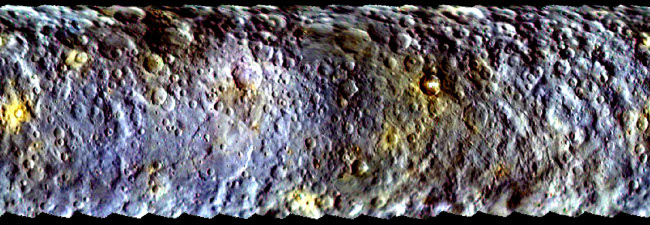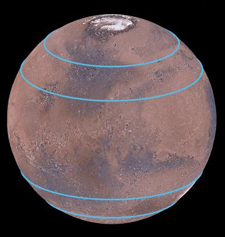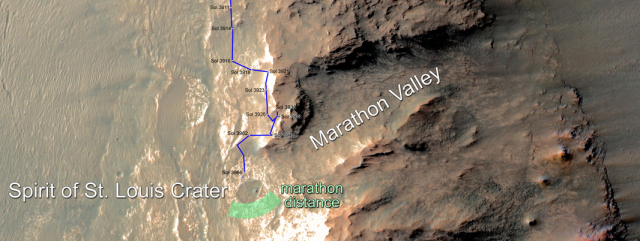More evidence found for liquid water on Mars
A new study suggests that a liquid but very salty water does appear on Mars, during the night in the winter and spring months.
The team used Curiosity’s weather-monitoring equipment to look for those conditions and found that they occur every day in months throughout winter and spring. They suggest that overnight and before sunrise, some of the frost that forms on the planet’s surface interacts with the strong salts and turns liquid, seeping into the soil. This lines up with previous studies, which have detected geographic features that suggest flowing water.
The results come from the Gale Crater, which is itself too cold to support microbial life — even with liquid water present. But the study authors believe this phenomenon could occur anywhere on the planet, and may actually be more common in areas closer to the polar regions. Still, Mars is a pretty desolate place, and the amount of water we’re talking about is minimal at best. “There’s so little water that you can’t even see it visibly,” Morten Bo Madsen said.
A new study suggests that a liquid but very salty water does appear on Mars, during the night in the winter and spring months.
The team used Curiosity’s weather-monitoring equipment to look for those conditions and found that they occur every day in months throughout winter and spring. They suggest that overnight and before sunrise, some of the frost that forms on the planet’s surface interacts with the strong salts and turns liquid, seeping into the soil. This lines up with previous studies, which have detected geographic features that suggest flowing water.
The results come from the Gale Crater, which is itself too cold to support microbial life — even with liquid water present. But the study authors believe this phenomenon could occur anywhere on the planet, and may actually be more common in areas closer to the polar regions. Still, Mars is a pretty desolate place, and the amount of water we’re talking about is minimal at best. “There’s so little water that you can’t even see it visibly,” Morten Bo Madsen said.





